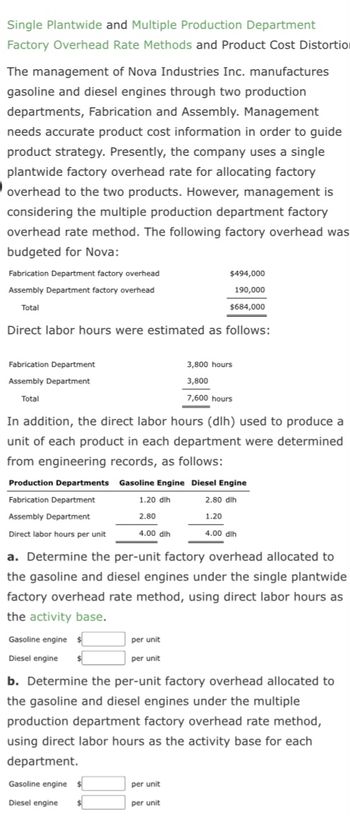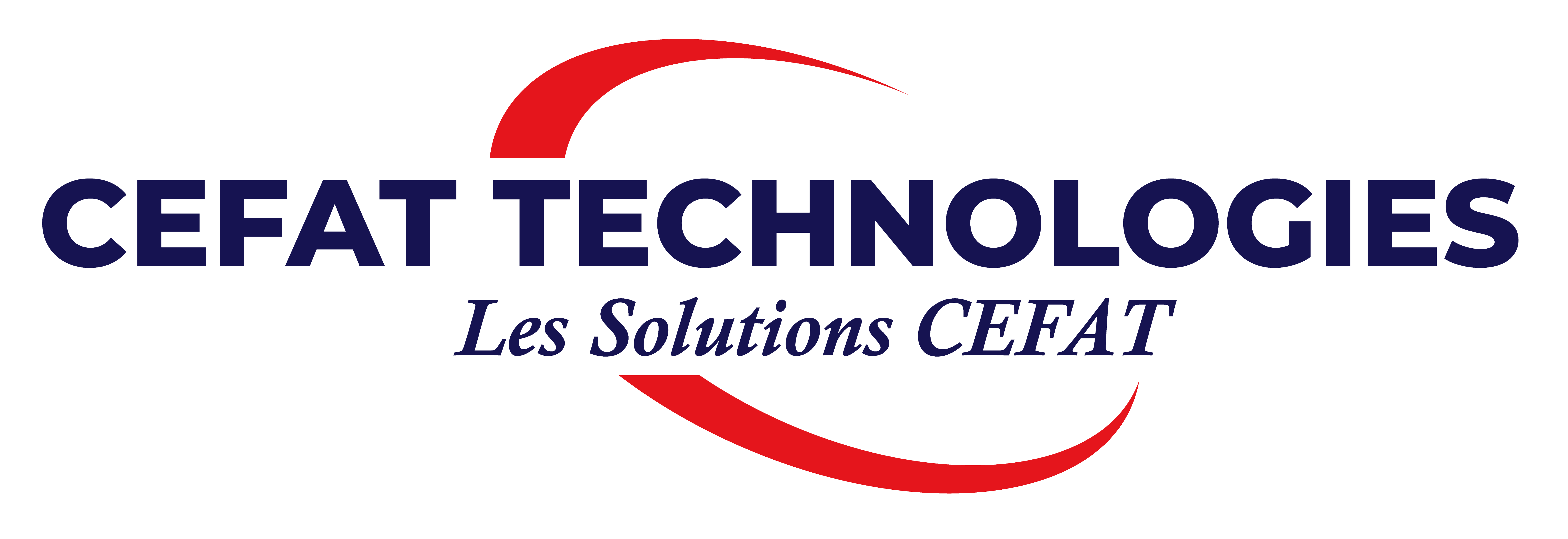Allocating Overhead Using a Single, Plant-wide Rate Managerial Accounting

By accurately attributing overhead costs to products, businesses can price their products more competitively and protect profit margins, particularly in markets with aggressive pricing strategies. By calculating the plantwide overhead rate, firms can improve the accuracy of cost information. This is crucial for competitive pricing and ensuring the company’s profitability, particularly in industries with homogenous products. Retail and construction industries can utilize the plantwide overhead rate to manage diverse and often sizable indirect costs, thus streamlining budgeting and potentially improving financial outcomes.
Enhanced Profitability through Informed Pricing
Ingeneral, the more cost pools used, the more accurate the allocationprocess. The plantwide overhead rate is used to allocate manufacturing overhead costs to products and cost objects, simplifying overhead allocation using a single overhead rate. The Plantwide overhead rate is the overhead rate that companies use to allocate their entire manufacturing overhead costs to their line of products and other cost objects.
Department Allocation
We’ll study how this works in the next section, but first check your understanding of using a single rate to allocate fixed manufacturing overhead to products. By following these clear and precise steps and understanding the necessary components, businesses can effectively calculate the plantwide overhead rate, facilitating better financial management and operational efficiency. On this page, you’ll discover the steps required to calculate the plantwide overhead rate and the potential implications on your business’s financial health. We’ll explore how Sourcetable lets you calculate this and more using its AI-powered spreadsheet assistant, which you can try at app.sourcetable.com/signup. Both plantwide rate and departmental rate are means of estimating the overhead cost allocation to products and services. However, there are a few points of differences that make each preferable by firms as per their requirements and suitability.
Try Sourcetable

Proceed by dividing the total overhead by the total direct labor hours to get the overhead rate per hour. This rate, when multiplied by the labor hours required per unit, provides the overhead cost per unit, offering a clear view of the overhead expenses tied to each unit of production. The plantwide overhead rate is calculated by dividing the total overhead by the direct labor hours. Operational costs include both direct costs like raw materials and indirect costs. Next, compile the total direct labor hours necessary to produce the products. Understanding how to calculate the plantwide overhead rate helps businesses allocate manufacturing overheads accurately across all units produced.
Assume direct materials cost $1,000 for one unit of theBasic sailboat and $1,300 for the Deluxe. Direct labor costs are$600 for one unit of the Basic sailboat and $750 for the Deluxe.This information, combined with the overhead cost per unit, the main advantage of the plantwide overhead rate method is: givesus what we need to determine the product cost per unit for eachmodel. The plantwide overhead rate is best suited for small firms with a simple cost structure, and works well for firms with few products or those producing single products.
In addition, the company manufactures several hundred of its Spry product, which requires another 2,000 direct labor hours. The controller assigns $160,000 of factory overhead to this product (calculated as 2,000 hours x $80 plantwide rate). Thus, all factory overhead is allocated to the two products using a single plantwide overhead rate.
For product-specific calculations, if Product A requires two labor hours per unit, the total overhead rate per unit would be 2 hours multiplied by $67, equating to $134 per unit. It means the total number of direct labor hours is taken as the denominator, which is divided by the numerator as the total overhead cost of the company. Employ this calculation to enhance transparency and consistency in your overhead allocation. In response to this situation, manufacturers will use departmental overhead rates and perhaps activity based costing.
As shown in Figure 3.3, products going through the HullFabrication department are charged $50 in overhead costs for eachmachine hour used. Products going through the Assembly departmentare charged $23 in overhead costs for each direct labor hourused. Organizations that use a plantwide allocation approach typicallyhave simple operations with a few similar products.
Calculating the plantwide overhead rate, typically done with the formula total overhead costs / total allocation base, is essential for accurately costing and pricing your products. This single rate, applied across an entire facility, simplifies the allocation of overhead costs to individual units, making financial forecasts and budgeting more straightforward. Nimble manufactures several thousand units of its Sprightly product, which consumes 8,000 direct labor hours during the month. Based on its plantwide overhead rate, Nimble’s controller assigns $640,000 of the total factory overhead to this product (calculated as 8,000 hours x $80 plantwide rate).
- Thus the benefits of having improvedcost information must outweigh the costs of obtaining theinformation.
- To experience the robust capabilities of Sourcetable, including ease of use in calculating complex rates like the plantwide overhead rate, visit app.sourcetable.com/signup to try it for free.
- Direct labor costs are$600 for one unit of the Basic sailboat and $750 for the Deluxe.This information, combined with the overhead cost per unit, givesus what we need to determine the product cost per unit for eachmodel.
- The manufacturing plant requires 1000 labor hours to manufacture 500 units of a specific product, which we assume as product X.
- Thus, this total overhead is divided by the total direct cost to ascertain the single plantwide overhead rate.
This approach typically provides moreaccurate cost information than simply using one plantwide rate butstill relies on the assumption that overhead costs are driven bydirect labor hours, direct labor costs, or machine hours. Thisassumption of a causal relationship is increasingly less realisticas production processes become more complex. Understanding how to calculate the plantwide overhead rate is essential for effectively allocating production costs in simpler business structures. This rate simplifies cost allocation by distributing total overhead costs across all units produced, based on labor hours or direct costs.
Again, notice that dividing fixed manufacturing overhead by number of units makes the gross profit for the deluxe purse significantly higher than if fixed manufacturing overhead is allocated according to direct labor. By allocating fixed manufacturing overhead by machine hours, the deluxe purse is actually costing more to produce than it is selling for. Let’s say we consider our operation to be labor-intensive rather than capital-intensive (automated).







